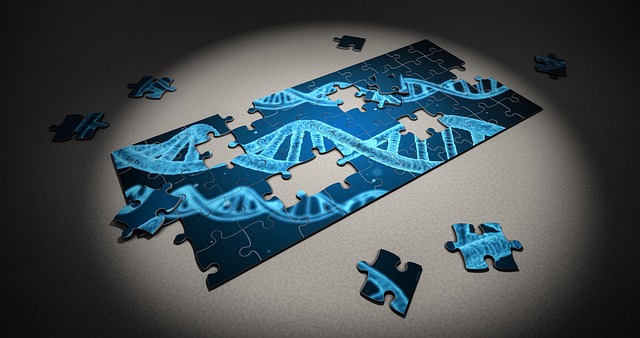New research from UCL has shed light on the biology behind a rare genetic mutation that results in the carrier living a nearly pain-free life, healing at a quicker pace, and experiencing less anxiety and fear.
This study, which has been published in Brain, is a follow-up to the team’s 2019 discovery of the FAAH-OUT gene and the uncommon mutations that allow Jo Cameron to live without feeling pain, anxiety, or fear. The research reveals how the mutation in FAAH-OUT dials down FAAH gene expression, and the downstream effects this has on other molecular pathways tied to wound healing and mood. These findings could potentially lead to new drug targets and spark further research in these fields.
Jo, who resides in Scotland, was initially referred to pain geneticists at UCL in 2013. This happened after her doctor realised she didn’t feel any pain following major surgeries on her hip and hand. After six years of investigation, they pinpointed a new gene they dubbed FAAH-OUT, which held a rare genetic mutation. Paired with another, more common mutation in FAAH, this was identified as the cause of Jo’s unique characteristics.
Previously, the genome area that houses FAAH-OUT was thought to be ‘junk’ DNA 1, essentially serving no function. However, it was discovered to mediate the expression of FAAH, a gene that is part of the endocannabinoid system and is well-known for its role in pain, mood, and memory.
In this particular study, the UCL team set out to understand how FAAH-OUT operates at a molecular level. This is the first step towards utilising this unique biology for applications like drug discovery.
The team utilised a variety of methods, such as CRISPR-Cas9 experiments on cell lines to simulate the effect of the mutation on other genes. They also analysed the expression of genes to see which were active in molecular pathways tied to pain, mood, and healing.
They found that FAAH-OUT regulates the expression of FAAH. When the mutation that Jo Cameron carries significantly dials down FAAH-OUT, FAAH enzyme activity levels also decrease substantially.
Dr Andrei Okorokov (UCL Medicine), a senior author of the study, said, “The FAAH-OUT gene is just one small corner of a vast continent, which this study has begun to map. As well as the molecular basis for painlessness, these explorations have identified molecular pathways affecting wound healing and mood, all influenced by the FAAH-OUT mutation. As scientists it is our duty to explore and I think these findings will have important implications for areas of research such as wound healing, depression and more.”
The authors examined fibroblasts taken from patients to study the effects of the FAAH-OUT-FAAH axis on other molecular pathways. While the mutations that Jo Cameron carries turn down FAAH, they also found a further 797 genes that were turned up and 348 that were turned down. This included changes to the WNT pathway associated with wound healing, with increased activity in the WNT16 gene previously linked to bone regeneration.
Two other key genes that were altered were BDNF, previously linked to mood regulation, and ACKR3, which helps regulate opioid levels. These gene changes could potentially contribute to Jo Cameron’s low levels of anxiety, fear, and pain.
Professor James Cox (UCL Medicine), a senior author of the study, said: “The initial discovery of the genetic root of Jo Cameron’s unique phenotype was a eureka moment and hugely exciting, but these current findings are where things really start to get interesting. By understanding precisely what is happening at a molecular level, we can start to understand the biology involved and that opens up possibilities for drug discovery
Professor James Cox (UCL Medicine), a senior author of the study, said: “The initial discovery of the genetic root of Jo Cameron’s unique phenotype was a eureka moment and hugely exciting, but these current findings are where things really start to get interesting. By understanding precisely what is happening at a molecular level, we can start to understand the biology involved and that opens up possibilities for drug discovery that could one day have far-reaching positive impacts for patients.”
This research was supported by the Medical Research Council (MRC) and Wellcome.
1 So called ‘junk’ DNA describes regions of the genome or non-coding genes that don’t create proteins. They were once thought redundant, but in recent years researchers have begun to discover the role of ‘dark’ regions of the genome in regulating coding genes.

